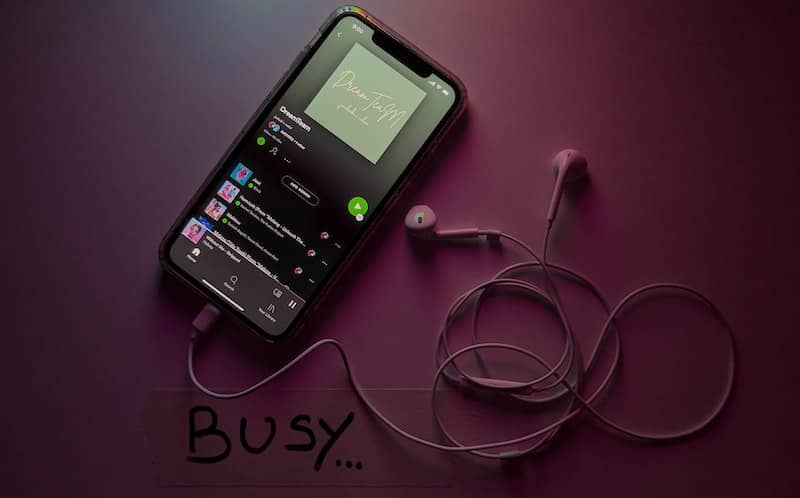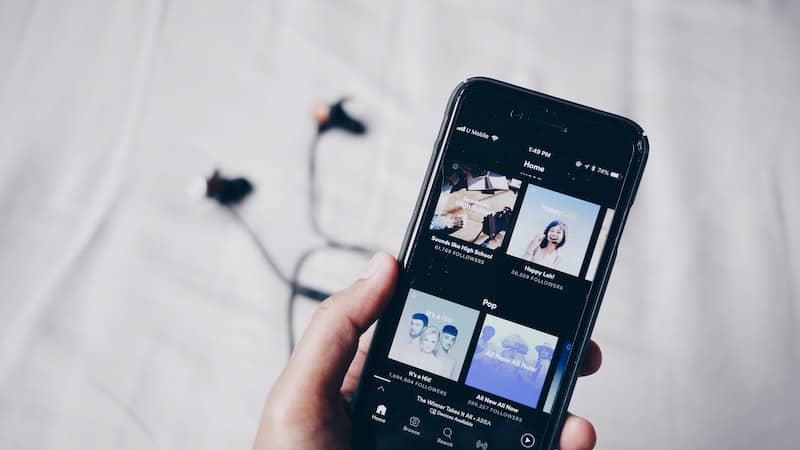Brief History of Spotify
While Spotify officially formed in 2006, Daniel Ek originally developed his idea for a service that was “better than piracy but at the same time compensates the music industry” in the wake of Napster’s fall in 2002.
At the time of Spotify’s founding, Ek was CEO of uTorrent, a digital piracy and peer-to-peer sharing platform. Following uTorrent’s acquisition by BitTorrent in late 2006, Ek doubled down on his vision for digital and economic innovation in the music industry … and the seeds of the streaming revolution were sown.
In 2008, the Spotify application launched in Sweden, with founders Ek and Martin Lorentzon announcing licensing — and ownership — deals with the major labels (Sony Music Entertainment, Universal Music Group, and Warner Music Group). A year later, the company had expanded to the United Kingdom, and two years after that, in 2011, the United States.

By that time, Spotify had a paid subscriber base of about 1 million in Europe, and in 2012, that number had ballooned to 4 million worldwide. Four years later, Spotify announced 40 million paid subscribers and 100 million total users, cementing streaming as the new mode of global music consumption in the music industry.
Just before that milestone, Fan Insights made its way into the platform’s back-end, allowing some artists and their teams to see a limited amount of information about their streaming data, from demographics to geography. In 2017, Fan Insights became Spotify for Artists, giving all artists and their teams a window into their stream, listener, demographic, and geographic trends on the platform.
In 2018, Spotify made their Initial Public Offering with a market capitalization of almost $30 billion, and with more and more global markets continuing to come online, Spotify analytics for artists and their teams are only increasing in importance.
